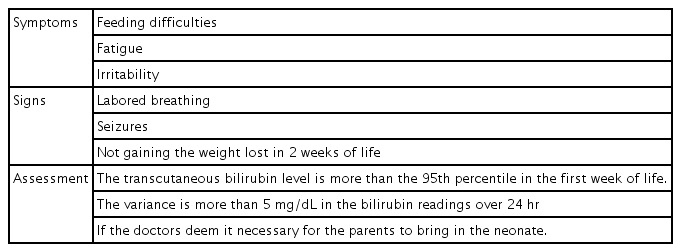Telemedicine as progressive treatment approach for neonatal jaundice due to the coronavirus disease 2019 pandemic
Article information
To the editor
Infection control is a priority in neonatal care during the pandemic, leading to isolation precautions, newer monitoring, and discharge protocols. Such a need paved the way for telehealth development in neonatal medicine to facilitate a lower risk of coronavirus disease 2019 (COVID-19) transmission while simultaneously easing the stress on new parents.
The novel advances suggested in this letter are based on a review of the recent literature that provides a qualitative analysis (Table 1).
Teleconsultations are the most efficient way to relay information between healthcare providers and parents without the risk of cross-infection. Online consultations have the potential to become a mainstay in the future, even after the pandemic. This method significantly reduces the risk of misinformation, saves travel time, is feasible, and most importantly helps ease the burden on already saturated hospital resources. While this is ideal, for maximum efficacy, clear and concise parental education of the methodology and ailment in general by healthcare workers is crucial [1]. It should be emphasized to parents that, if they were to notice any of the signs mentioned in Table 2, they should take the neonate to the hospital immediately.
Parental education via virtual training provides information about the risk factors of jaundice, growth and nutrition, benefits of breastfeeding, monitoring of bilirubin levels, and assessment of their newborn while utilizing COVID-19 prevention strategies [2].
Mobile phone applications are useful for assessing bilirubin levels in neonates, which would otherwise be done via biochemical screening or tests. One method is to correlate the neonate’s skin color with a color calibration card, which is then uploaded onto the application for review by the care team through teleconsultation. However, discrepancies and false positives are likely to occur due to limited lighting availability and poor photo quality, which creates unnecessary anxiety among parents [3,4]. A novel mobile application that can be used primarily works by measuring the neonates’ scleral chromaticity, showing 100% sensitivity and 61% and 54% specificity in infants with transcutaneous serum bilirubin levels above 2.82 mg/dL and 2.310 mg/dL, respectively [5].
Drive-through screening for hyperbilirubinemia in neonates was performed in a hospital in Malaysia. Parents and the neonate are required to stay in the car throughout the assessment while driving through an assigned path. After registration and triage, the healthcare worker places the bilirubin detection device on the baby's sternum. The results are reviewed and a follow-up plan is charted. Compared to conventional testing, the drive-through option has a reduced testing duration and is noninvasive. Additionally, this approach promotes the infection control required during the pandemic while managing to provide appropriate care [6].
Another ramification of routine treatment that is a worthy replacement is home phototherapy, which has many benefits such as convenience, mother-child bonding, and remote access [7]. A recent trial from Sweden monitored the use of fiber optic LED devices with an irradiance of 35 μW/cm2/nm provided to parents of neonates undergoing home phototherapy sessions [8]. The results showed a similar average decrease in serum bilirubin levels for home and standard phototherapy. Therefore, the authors concluded that implementing this practice could be a safer alternative that eliminates the need for parent-infant separation. Although promising, home phototherapy requires large-scale research, especially studies that consider risk assessment and implications for hemolytic jaundice. Several considerations, such as the cost of implementation and parental capacity to follow therapies, require further exploration. Moreover, drive-through methods and mobile screening applications require further exploration involving the collation of more data, and verification of the replicability of the results is required before wide-scale implementation. The early assessment and management of the condition using various modalities have significantly improved outcomes. However, Table 1 reiterates that while neonatal jaundice management has remained standardized in recent years and been optimized to maximize costbenefit ratios in neonatal care units across institutions, it is time to redirect focus to remote management and prevention strategies, especially in times of high prioritization and resource limitations, such as during pandemics.
Key message
Question: How can the management of neonatal jaundice (NJ) be enhanced through telemedicine?
Finding: Teleconsultations, drive-through testing, and the use of an application to assess neonatal jaundice at home are being successfully used, but they must be further researched before being implemented on a larger scale.
Meaning: Recent technology allows for the treatment of NJ at home with an application that helps reduce hospital burden.
Notes
Conflicts of interest
No potential conflict of interest relevant to this article was reported.
Funding
This study received no specific grant from any funding agency in the public, commercial, or not-for-profit sectors.
Acknowledgements
We thank Dr. Emad Shatla and Dr. Jemila James of King Hamad University Hospital, Bahrain, for their valuable guidance.


